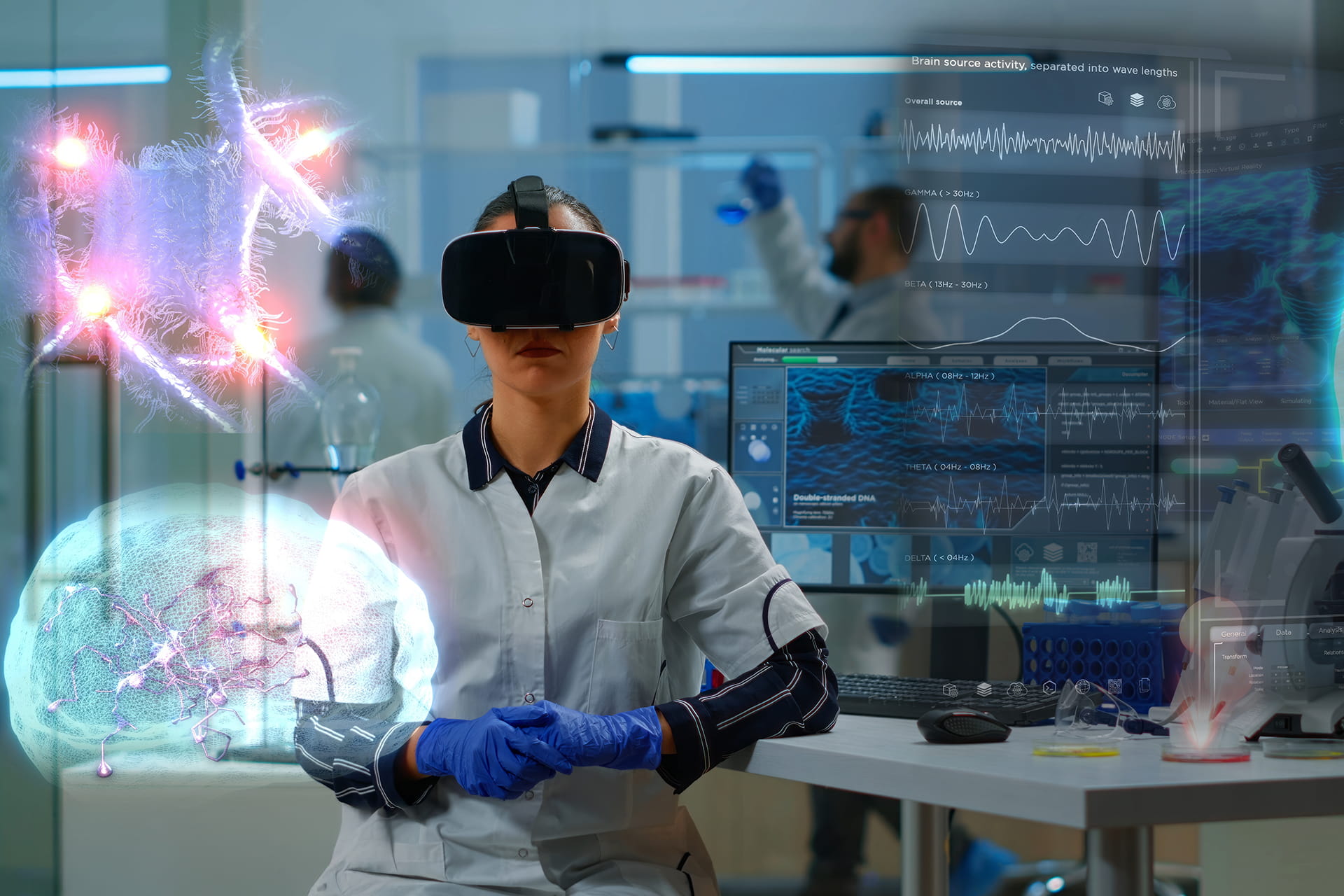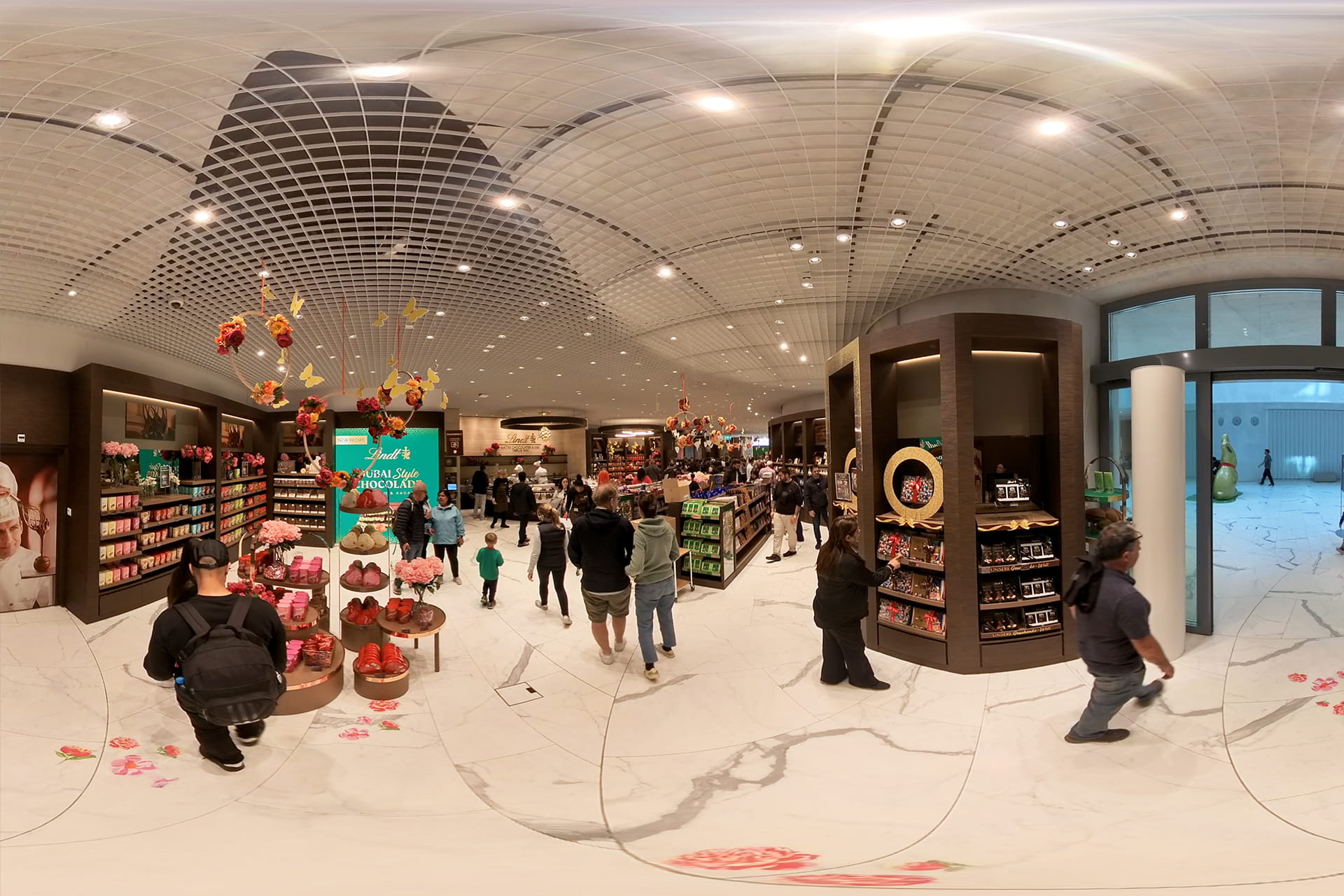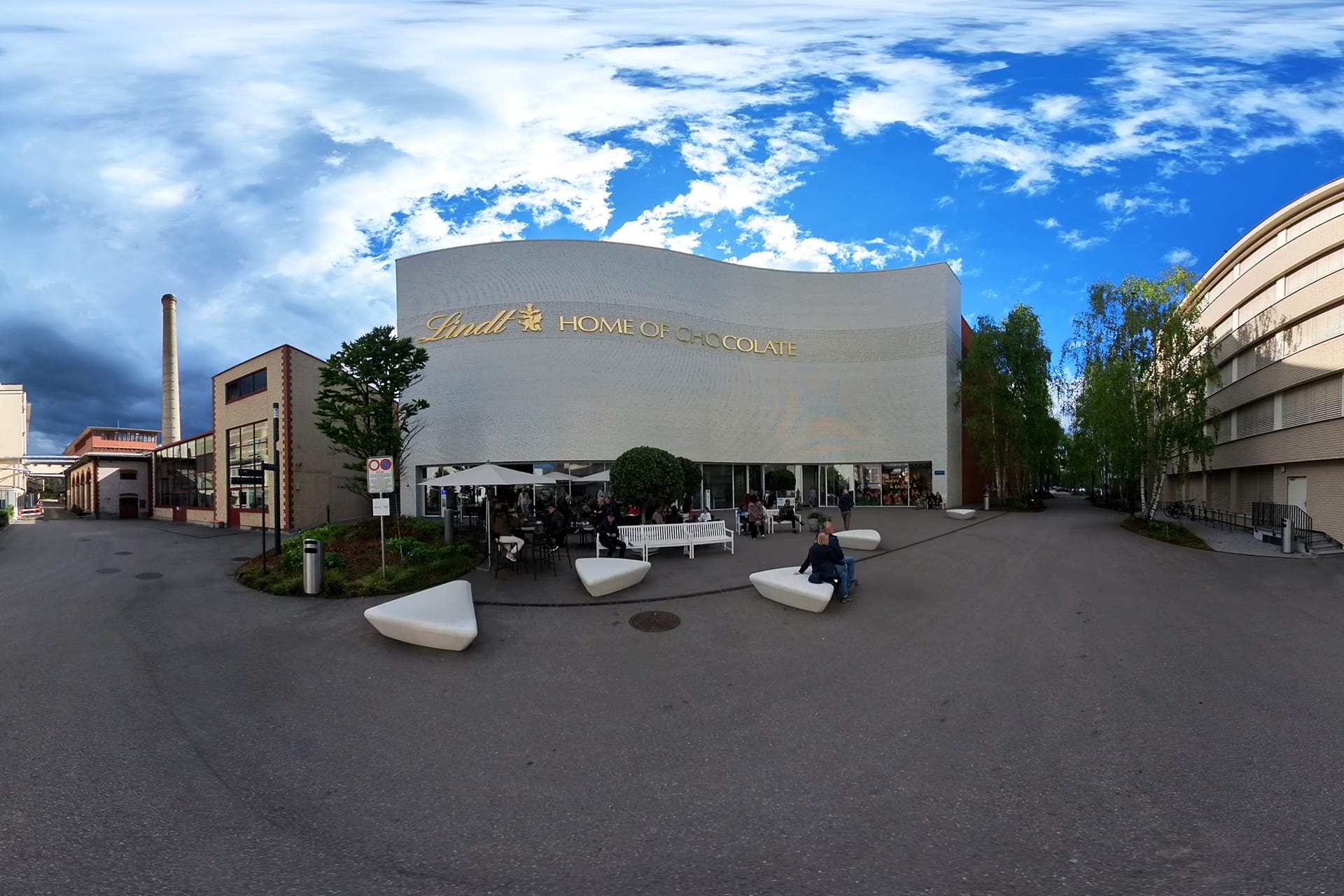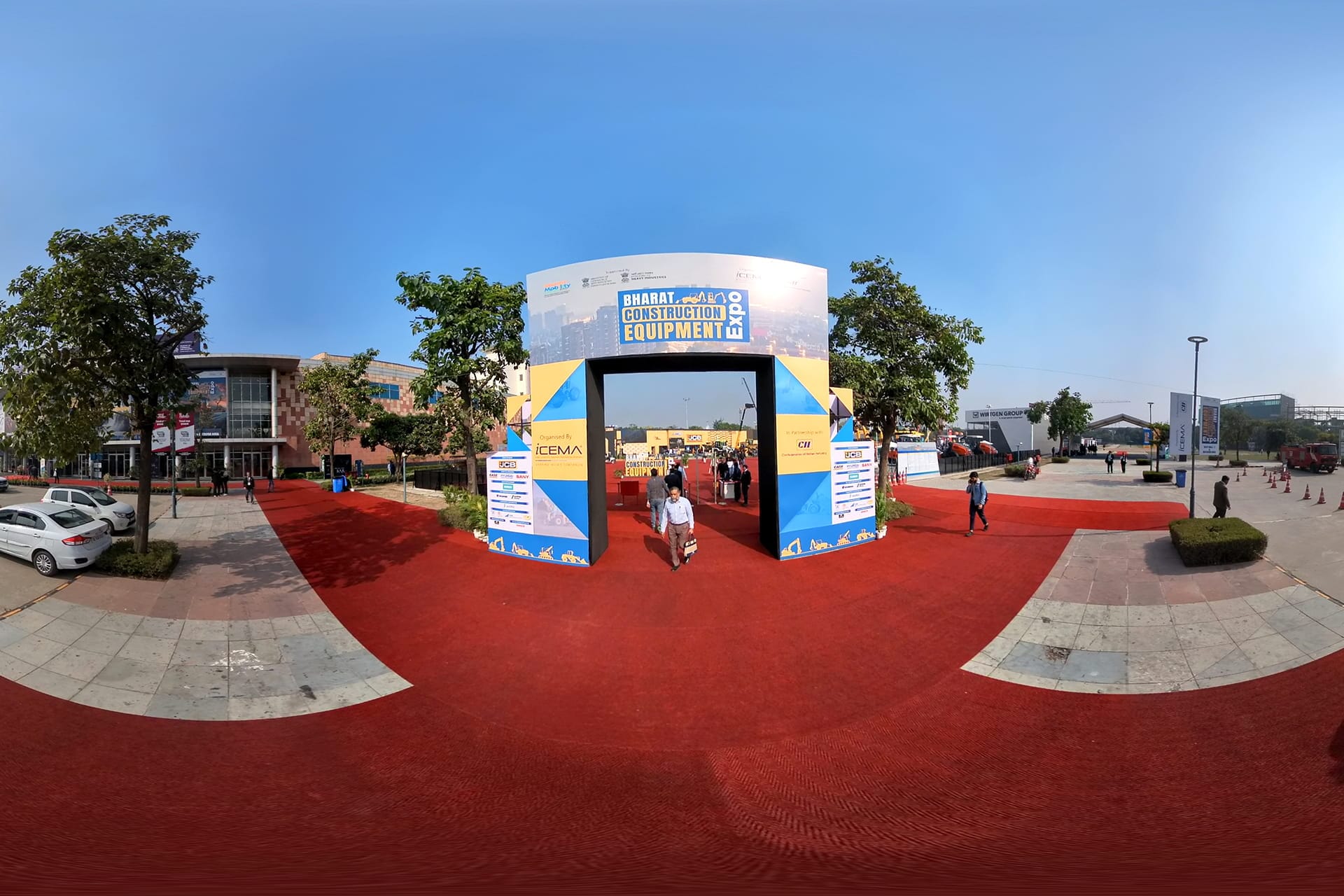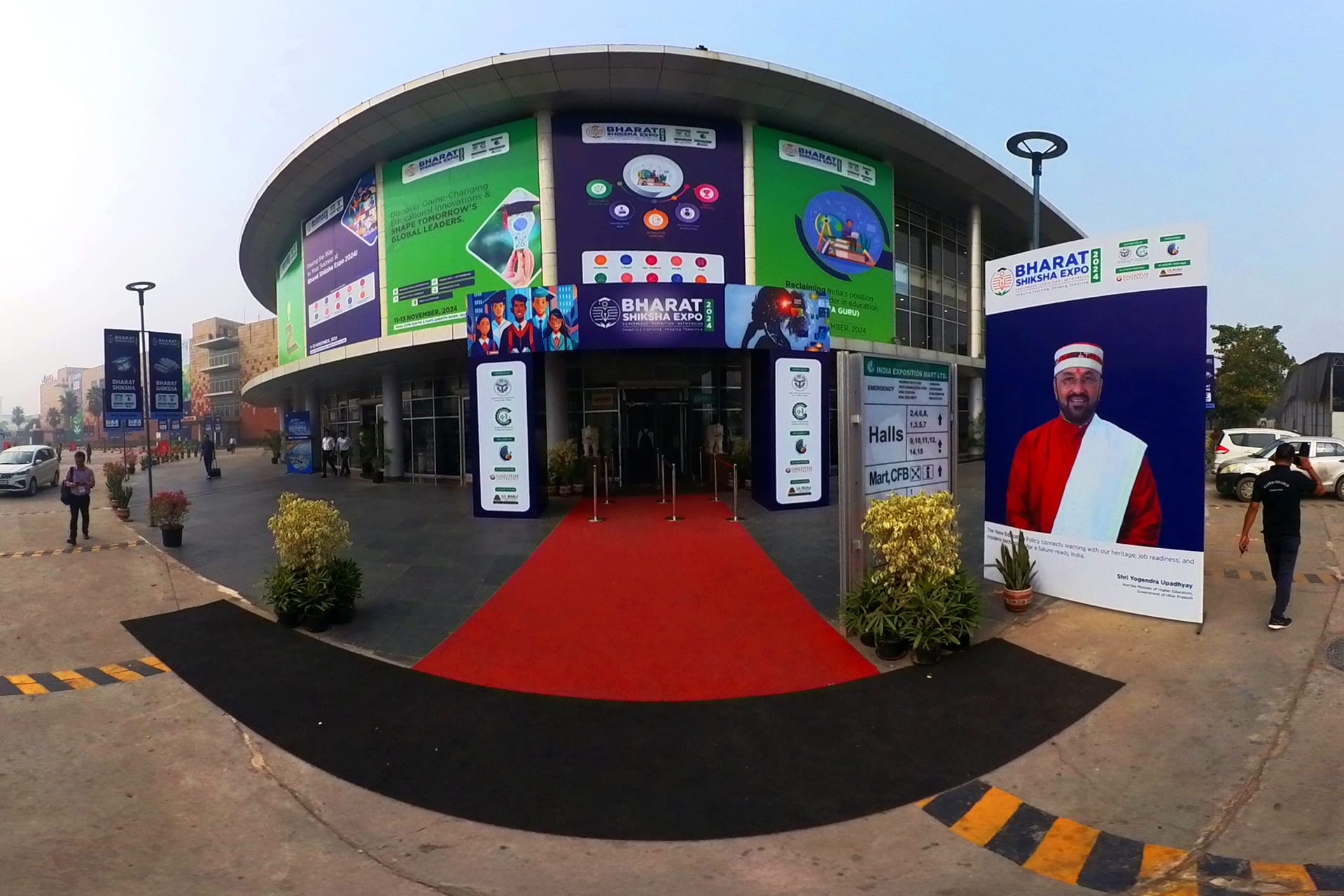Healthcare is one of the most promising industries for Virtual Reality (VR) development. From medical training to patient therapy, VR is enabling professionals to deliver safer, more effective, and immersive healthcare solutions.
This blog explores how VR is transforming patient care and medical education, highlighting key applications, benefits, and emerging trends.
1. VR in Medical Training and Education
- Simulated Surgeries: VR allows medical students and surgeons to practice complex procedures safely.
- Anatomy Learning: Interactive 3D models help learners visualize organs, systems, and diseases in detail.
- Emergency Response Training: VR simulates high-pressure scenarios, enhancing decision-making and readiness.
2. Patient Therapy and Rehabilitation
- Pain Management: VR experiences can distract patients during painful procedures or reduce chronic pain.
- Physical Therapy: Gamified VR exercises motivate patients to perform rehabilitation routines effectively.
- Mental Health Treatment: VR therapy aids in reducing anxiety, phobias, PTSD, and stress.
3. Remote Consultations and Telemedicine
- Virtual Consultations: Doctors can meet patients in immersive VR environments, enhancing communication.
- Treatment Demonstrations: Explain procedures or medication usage visually and interactively.
- Access to Specialists: Patients in remote areas can interact with top medical experts virtually.
4. VR for Surgical Planning
- Preoperative Visualization: Surgeons can study a patient’s anatomy in 3D before performing surgery.
- Risk Reduction: Simulating complex procedures reduces errors and improves outcomes.
- Collaboration: Medical teams can review cases together in a shared virtual space.
5. Benefits of VR in Healthcare
- Enhanced Learning: Immersive simulations improve knowledge retention and skill acquisition.
- Safety: Reduce patient risk by practicing procedures virtually.
- Patient Engagement: Interactive VR experiences improve compliance and understanding.
- Cost Savings: Minimize resource use, travel, and repeated physical simulations.
6. Implementing VR in Healthcare Organizations
- Assess Needs: Identify training, therapy, or operational gaps where VR can help.
- Choose the Right VR Solution: Custom development tailored to your medical field.
- Integration: Combine VR with existing medical software and patient monitoring systems.
- Feedback and Improvement: Collect data to enhance training and therapy modules.
Conclusion
VR is revolutionizing healthcare by enhancing medical training, patient therapy, and surgical planning. Its immersive and interactive nature improves learning outcomes, patient engagement, and overall efficiency in the healthcare system.
At 360Biznus, we specialize in custom VR development for healthcare, delivering solutions that improve training, patient care, and operational efficiency through immersive virtual experiences.
Get in Touch
Whether you want to develop a new 360 Virtual Tour, 3D Product Display, 360 Product Spin Photography, Google 360 Street View or update an existing 360 Virtual Tour, we're eager to assist.
Call / Email Us / fill in the form below.


